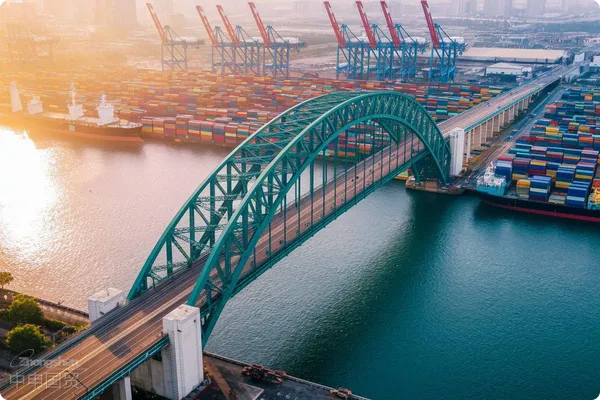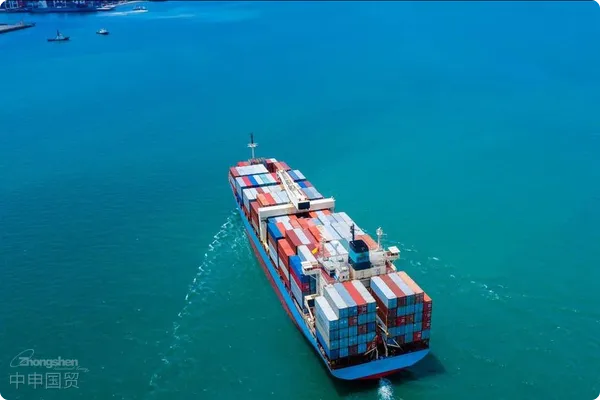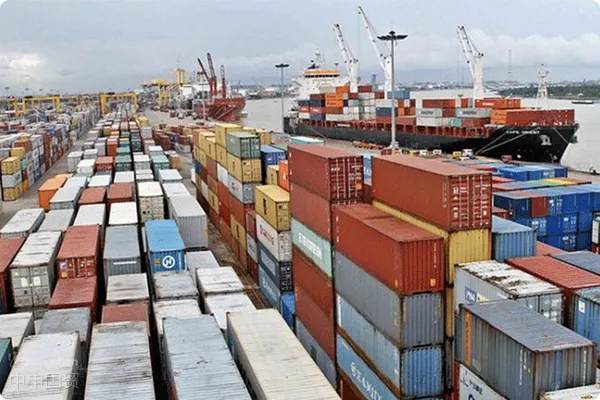- Shanghai Zhongshen International Trade Co., Ltd. - Two decades of trade agency expertise.
- Service Hotline: 139 1787 2118

The Customs Logic Behind the Low - declared Value of Claimed Goods
Last week, after handling the clearance of a claim for goods destined for Johannesburg, South Africa, it reminded me of a lot.foreign tradePeers have all encountered similar difficulties. When the declared value of goods is only 150 US dollarsAir TransportationWhen claimed goods encounter the South African Customs, things are often more complicated than imagined. The South African Revenue Service (SARS)svaluation databasecovering 90% of common commodities, their risk management system will automatically compare the difference between the declared price and the market price.
I have witnessed a case of mechanical parts declared at 200 US dollars. Due to the inability to provide the original factory invoice, the customs finally levied tariffs according to the local retail price of 1,800 US dollars. This reminds us:Customs levies taxes based on the actual value of the goods, not the nature of the transaction.Even if you can provide a claim agreement, the customs may still require supplementary value - proof documents such as purchase contracts and original factory invoices.
Analysis of the Advantages and Disadvantages of Three Declaration Plans
Based on 20 years of foreign trade practical experience, there are usually three ways to handle the customs clearance of claim parts:
- Option 1: Declare according to the actual value of the goods, which is 150 US dollars
Advantage: Simple procedures and compliance with formal requirements
Risk: If the local market price corresponding to the HS code of the commodity is high, it may trigger the customs valuation procedure. Last year, the Durban Customs seized electronic components declared at 300 US dollars, and the enterprise finally paid an additional 210% of the tax difference. - Option 2: Declare the original value and note claim parts,
Advantage: Reflects the authenticity of the transaction and avoids subsequent audit risks
Note: Documents such as claim agreements and quality certificates need to be submitted simultaneously. It is recommended to attacha Letter of Explanation(Letter of Explanation) to explain the reason for the discount. - Plan 3: Use the DDP term and let the consignee handle it
Applicable Scenarios: The consignee has local clearance capabilities
Key points: It is necessary to indicate the customs clearance responsible party on the waybill and confirm in advance the requirements of the South African CustomsRCA registration codeWhether it is valid
Key Risk Prevention and Control Suggestions
Last year, assisted a certainAutomotive partsWhen enterprises handle similar cases, we adopted the three - step defense method:
- Query the South African CustomsValuation Databasein advance for the dutiable value of similar goods
- Prepare completeValue - proof chain: From the raw material purchase invoice to the production line cost accounting sheet
- Require the customer to apply in advance fora Temporary Import Permit(Temporary Import Permit), which is especially applicable to claimed goods that need to be repaired
It is worth noting that since 2022, the South African Customs has started to useIntelligent Customs Clearance SystemImplement mandatory price pre - review for high - value commodities such as electronic products and mechanical parts.Mandatory price pre - reviewIt is recommended to submit a Proforma Invoice in advance through the local customs clearance agent for compliance confirmation.
Long - term solutions
EstablishStandardized claim handling processis the fundamental solution. A certain home appliance enterprise I served specifically formulated:
- HS code dedicated to claim items (add a special identification suffix)
- StandardizedClaim statement templatecertified by the South African Consulate
- Establish a strategic cooperation with the Johannesburg customs clearance company to achieve full - process visualization of declaration - inspection - release,
The cases recently handled for customers show that after adopting this plan, the average customs clearance time of claim parts has been shortened from 11 days to 3 working days. Remember, the core of the customs doubts is alwaysAuthenticity of valuerather than the form of transaction. Complete document preparation is always the best guarantee.
Next time when encountering a similar situation, you might as well ask yourself three questions: Can the declared price withstand comparison with the customs database? Can the documents form a complete chain of evidence? Does the local partner have the emergency handling ability? Once you figure these out, you can turn the passive situation of claim item customs clearance into an active one.
Related Recommendations
Learn
Contact Us
Email: service@sh-zhongshen.com
Related Recommendations
Contact via WeChat

? 2025. All Rights Reserved. Shanghai ICP No. 2023007705-2  PSB Record: Shanghai No.31011502009912
PSB Record: Shanghai No.31011502009912







